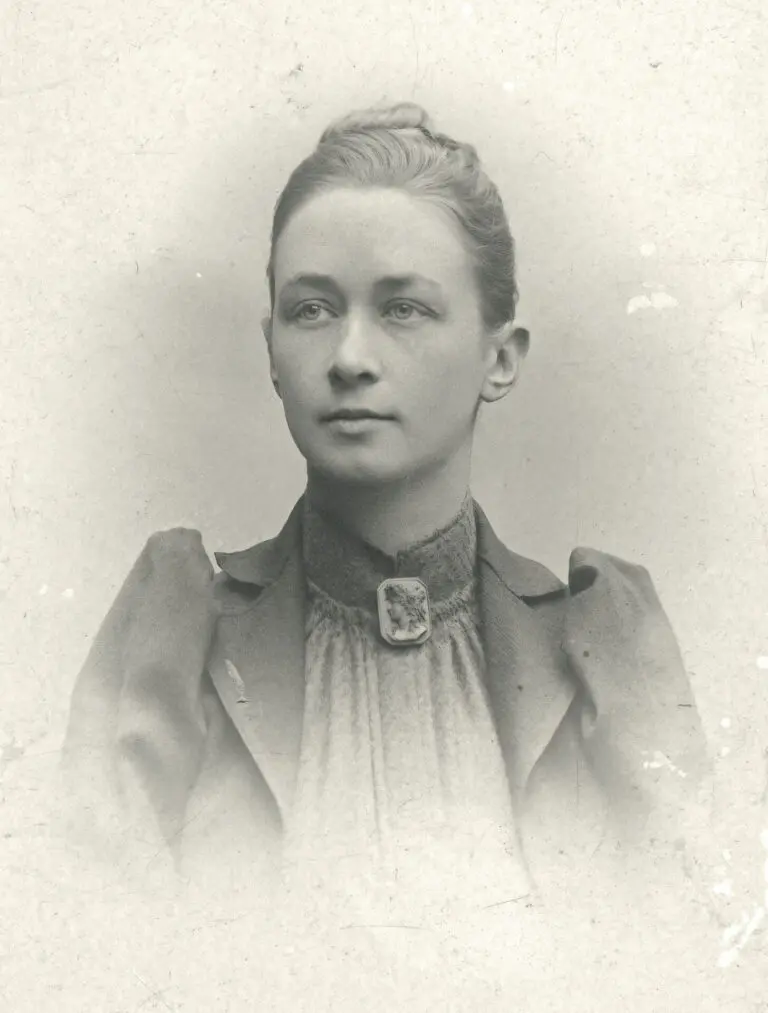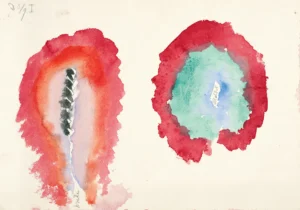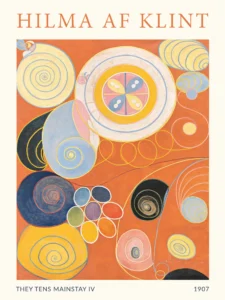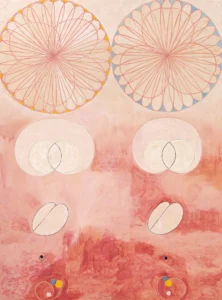Evolution, No. 15, Group IV, The Seven-pointed Stars (1907)
Created in 1907, Hilma af Klint's Evolution, No. 15, Group IV, The Seven-pointed Stars showcases her pioneering role in abstract art and spiritual exploration. This piece is part of her acclaimed series 'The Ten Largest,' which captures the four stages of human life through vibrant colors and symbolic abstraction. Klint used forms and colors to convey deeper meanings related to human existence, spirituality, and evolutionary themes. The artwork exemplifies her unique vision and the blend of mysticism with artistic practice, establishing her as a trailblazer in the art world.
Year 1907
About the Artwork
Hilma af Klint was a Swedish painter and a key figure in the early development of abstract art. In 1907, she began a monumental series named 'The Paintings for the Temple,' where she encapsulated her spiritual journey and philosophical inquiries on the nature of life and existence. Evolution, No. 15, Group IV, The Seven-pointed Stars is likely a representation of her understanding of life stages, illustrated through abstract symbols, vivid colors, and intricate shapes. Klint was influenced by Theosophy and spiritualism, which led her to create art that transcended the traditional boundaries of painting. However, much of her work remained largely unknown until after her death, as her innovative style predated mainstream abstract art developments by several decades.
Did You Know
Hilma af Klint is recognized as a pioneering figure in abstract art, creating works that predate those of male contemporaries like Kandinsky and Mondrian. Despite this, her art remained largely unrecognized for decades.
Klint’s art was heavily influenced by spiritualism and Theosophy, reflecting her belief in the interconnectedness of all life. She held seances and was deeply involved in mystical practices, which shaped her artistic vision.
The series ‘The Paintings for the Temple’ features around 193 paintings, created by Klint between 1906 and 1915, and was intended as a spiritual monument. This body of work embodies her exploration of life, death, and spirituality through a unique visual language.










